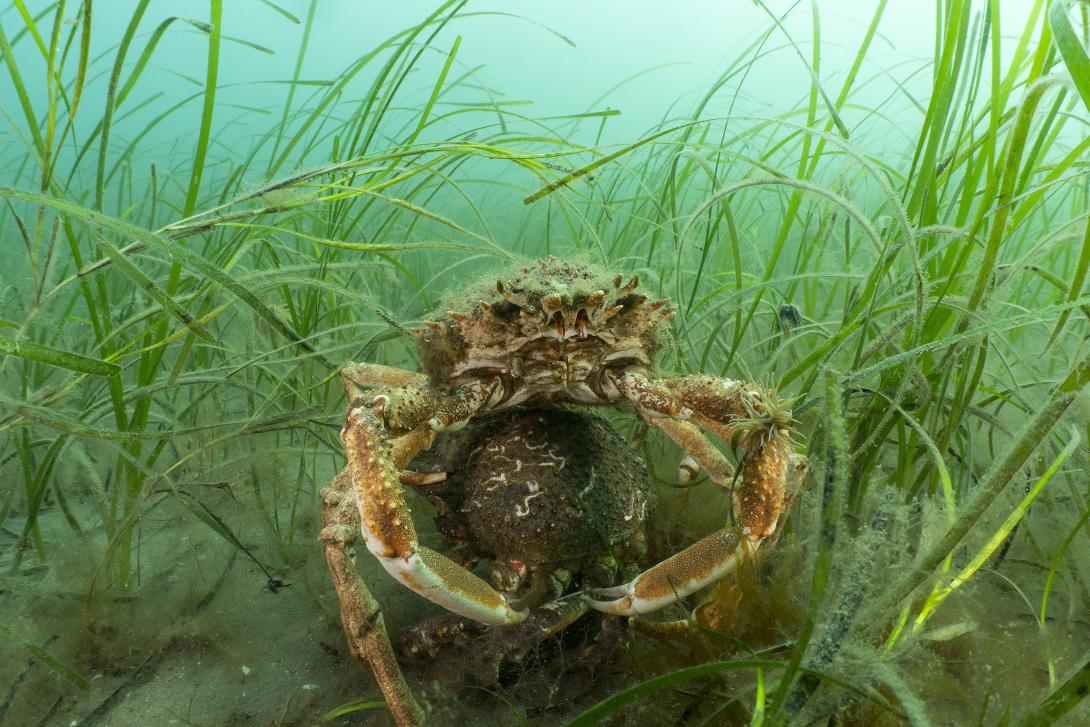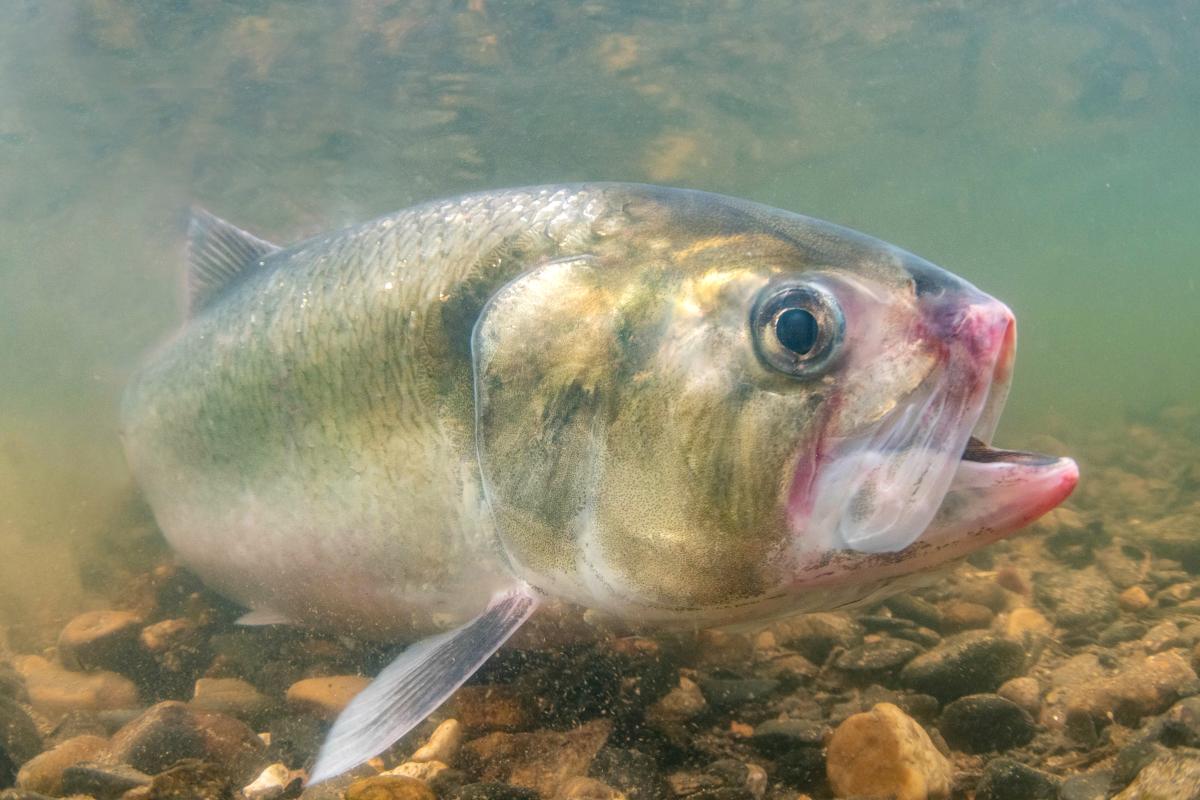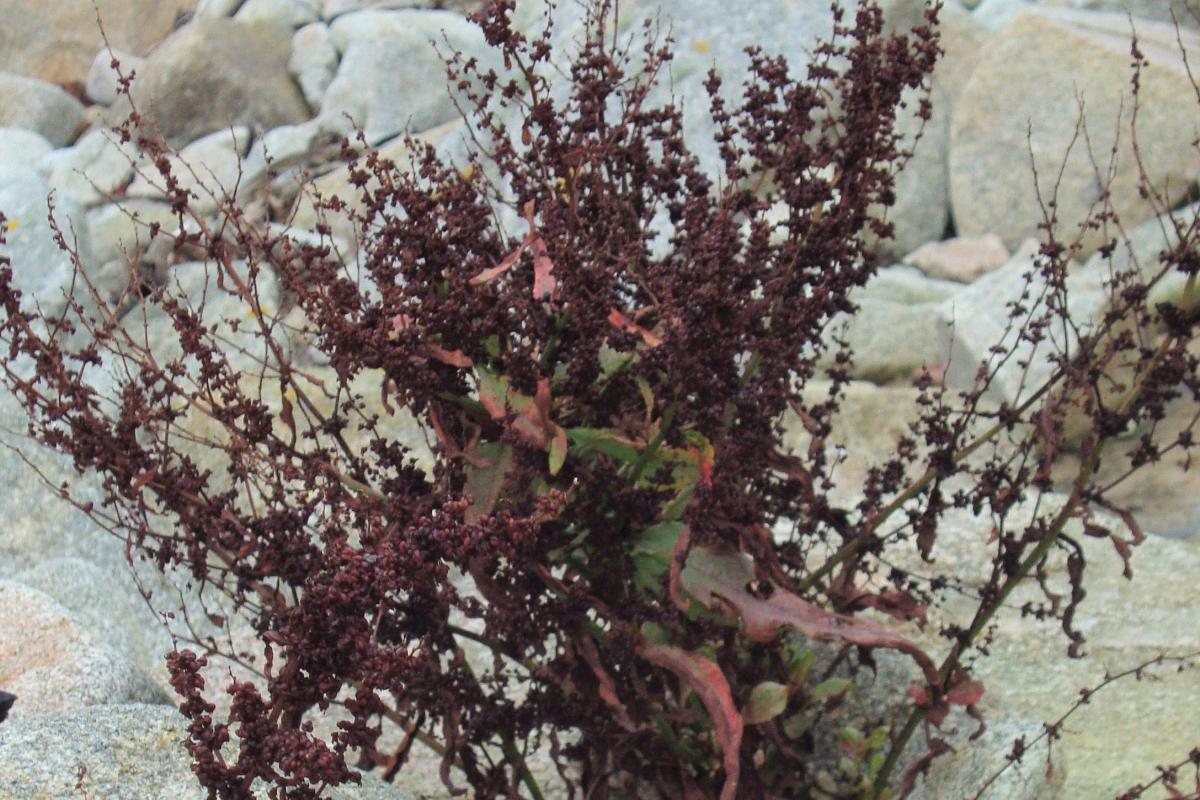Special Area of Conservation
Plymouth Sound and Estuaries SAC
Designated - 1st April 2005
Area covered - 6402 hectares
Marine Protected Areas are areas of the seas or estuaries which are protected from human activities that could cause disturbance or damage to the habitats or the plants and animals that can be found there; these are known as 'features'.
The Area Protected
The SAC is the largest site in the MPA providing the boundary and borders the coasts of Devon and Cornwall. It is made up of Plymouth Sound and the several rivers and streams (tributaries) and marine inlets around the coast. The way the estuary was formed created a complex site with unusual features.
The Tamar estuary is a ria system which is a flooded river valley, usually wide with deep sides with the salt content (salinity) in the water varying through the length. The tidal conditions and marine influence continue quite the far up the estuary from its mouth (where it enters the sea), along with the sedimentary habitats, the size and type of sand, mud and rock, as well as the types of reefs found also contributes to the diversity. It is considered one of the best examples of an estuary habitat in the country and is used as a key monitoring site by Natural England helping to inform the status and condition of other similar habitats and species in England.
How it is Protected

The SAC was previously protected under the EC Habitats Directive 1992 (European), The Conservation of Habitats and Species Regulations 2017 (legislation.gov.uk) (as amended) in England and Wales (including the adjacent territorial sea).
After the UK’s exit from the European Union, all the protections covered under European legislation were transposed into The Environment Act (2021) (Environment Act 2021 (legislation.gov.uk)) bringing it together with national legislation forming the UKs new framework for environmental protection.
There are also bylaws that prevent certain activities from taking place such as bottom towed fishing gear (dredging and trawling) which are extremely damaging.
Protected Features
Habitats
- Atlantic salt meadows (Glauco-Puccinellietalia maritimae) (Saltmarsh)
- Estuaries
- Large shallow inlets and bays
- Mudflats and sandflats not covered by seawater at low tide
- Reefs
- Sandbanks which are slightly covered by seawater all the time
Species
- Allis shad (Alosa alosa)
- Shore dock (Rumex rupestris)


While the specific selected features have been identified there are lots of other associated habitats which are also included within these features such as seagrass beds, intertidal rocky shores and kelp forests to name a few.
For more detailed information, guidance and conservation advice visit Natural England (SAC- Marine site detail (naturalengland.org.uk)
